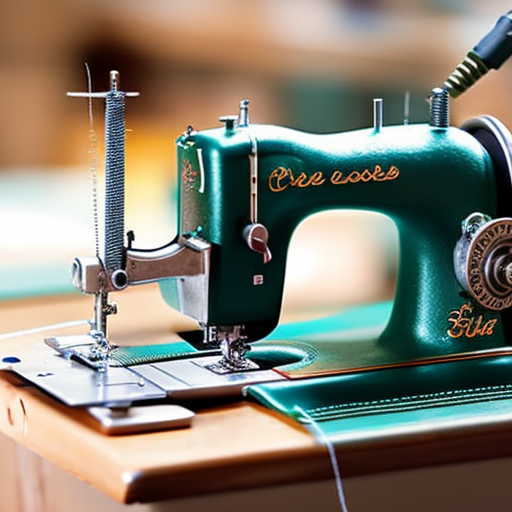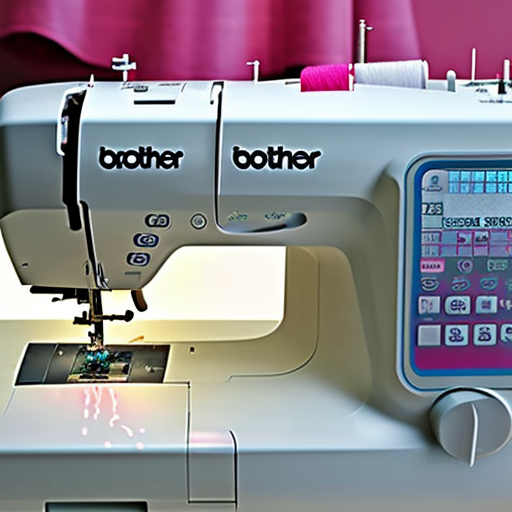
sewing-machine.jpg” alt=”Sewing Machine”>
Sewing machines have revolutionized the art of stitching and sewing. They have become indispensable tools for both professional tailors and home sewers. But have you ever wondered how these machines actually work?
Basic Operation
A sewing machine uses a combination of mechanical, electrical, and electronic components to create stitches on fabric. The main components of the sewing machine include a needle, thread, bobbin, feed dogs, and the foot pedal.
When you press the foot pedal, it activates the machine’s motor that drives the needle up and down. The needle pierces the fabric in a repetitive motion, creating stitches on the surface. The bobbin, which holds the lower thread, interacts with the needle thread to form a lockstitch, securing the fabric layers together.
The Importance of Feed Dogs
Feed dogs are an essential part of a sewing machine. They consist of metal teeth-like structures located beneath the needle plate. The feed dogs help to move the fabric smoothly as stitches are formed. They grip the fabric from below and advance it forward, allowing for precise stitching and preventing fabric bunching or tangling.
Feed dogs operate in synchronization with the presser foot, which holds the fabric in place. The presser foot ensures that the fabric remains flat against the needle plate, allowing the feed dogs to grip and move it effortlessly.
The Role of Tension Discs
Tension discs are vital for controlling the tension of the upper thread. The thread passes through these discs, providing resistance that prevents it from unraveling too quickly. Proper tension is crucial for achieving balanced and sturdy stitches. Adjusting the tension discs allows you to work with different fabric types and thicknesses.
Modern Sewing Machines
In recent years, sewing machines have become more advanced, incorporating computerized controls and specialized features. These machines offer various stitching patterns, automatic buttonholes, and even embroidery options. Computerized sewing machines allow users to select different settings and adjust the stitching speed, making sewing even more efficient and precise.
Additionally, some machines include LCD screens that display important information, such as stitch type, length, and other settings. These advancements have streamlined the sewing process and expanded the possibilities for creativity.
Conclusion
Sewing machines are powerful yet intricate devices that play a significant role in the textile industry and everyday sewing tasks. Understanding how they work enables us to make the most out of their capabilities and produce beautiful garments or other fabric creations.
Now that you know the fundamentals of sewing machine operation, you can confidently explore the world of sewing and expand your creative possibilities!





Fascinating topic – I’m curious to learn more! Mandy Jones: Super interesting!
Very cool post! I’m also curious to find out about the mechanics of a sewing machine and how it works!